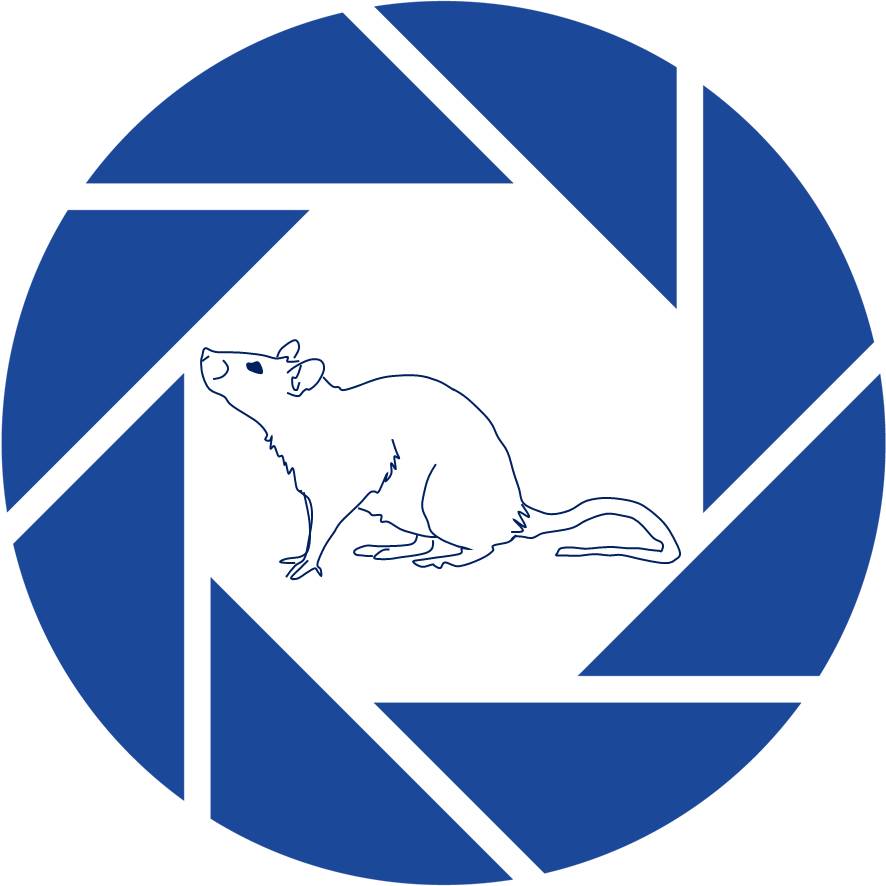Methods
Available methods in the Unit of Behavioral Studies
Learning
Open-field (non-associative habituation learning)
Object recognition (recognition memory, subcategory of declarative memory)
Social recognition (recognition memory of conspecific animal)
Sociability (Three-compartment box)
Shuttle-box (aversive learning)
Operant conditioning (learning and memory, automated boxes)
Morris water-maze (spatial learning)
Olfactory discrimination
5 choice serial reaction task (learning-, cognitive deficits, e.g. schizophrenia, impulsivity,ADHD)
Fear conditioning (cue-induced, contextual learning, extinction)
Y-maze (spontaneous alternation, working memory)
Y-shape place recognition (spatial learning, short term memory)
Radial maze (working and reference memory)
Hole-board (spatial learning)
Anxiety
Open-field (avoidance of open space)
Elevated plus-maze
Social interaction
Social avoidance
Light-dark box
Startle response
Conditioned fear (PTSD)
USV (ultrasonic vocalizations for communication)
Marbel burrying
Depression
Shuttle box (learned helplessness)
Forced swimming
Tail suspension
Prepulse inhibition (PPI)
Social defeat (aggression)
Restraint stress
Schizophrenia model
PCP-induced social withdrawal
Prepulse inhibition
Amfetamin-hiperlocomotion
Social behavior
Sociability (partner preference, sex-preference)
Social recognition, - interaction
Resident-intruder test (aggresion)
Distance observations (eg. huddling)
Drug interaction, drug effects (recognitions)
Place aversion/preference
Drug discrimination
Muscle strength, motor coordination, locomotion, exploratory disposition
Grip test
Wire suspension and grid test
Rotarod
Open-field
Hole board
Addiction
Place preference
Drug self administration






